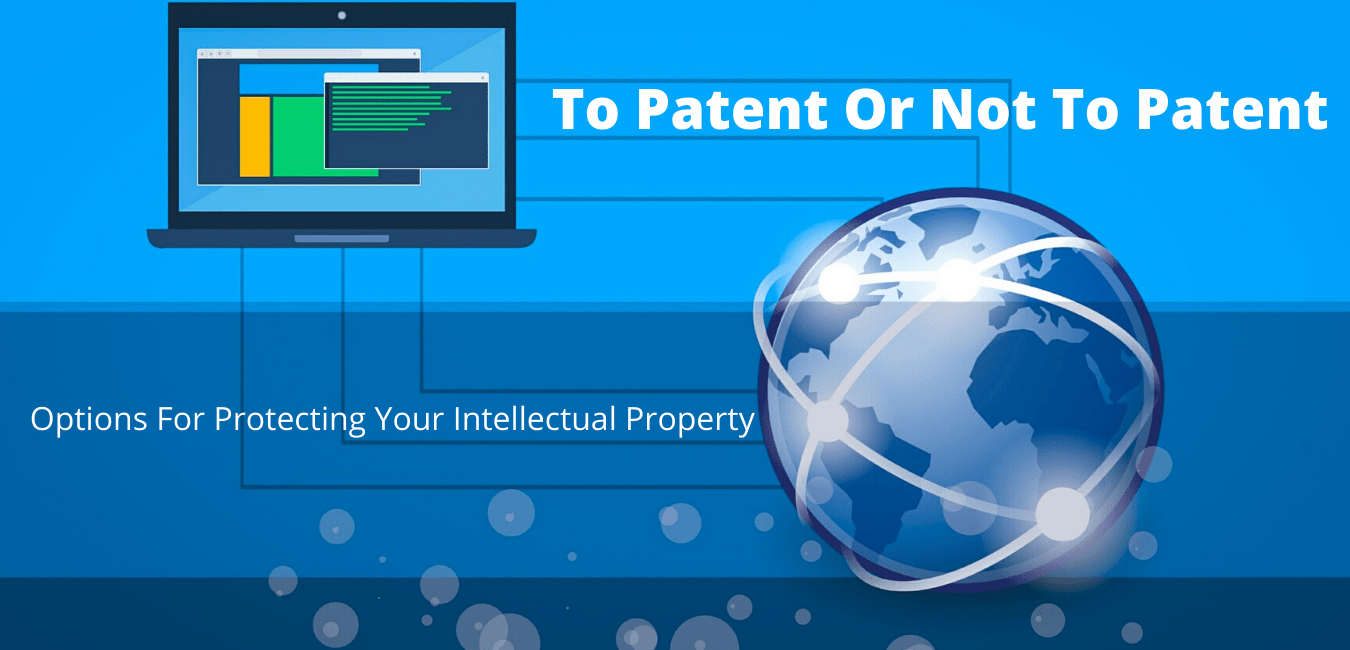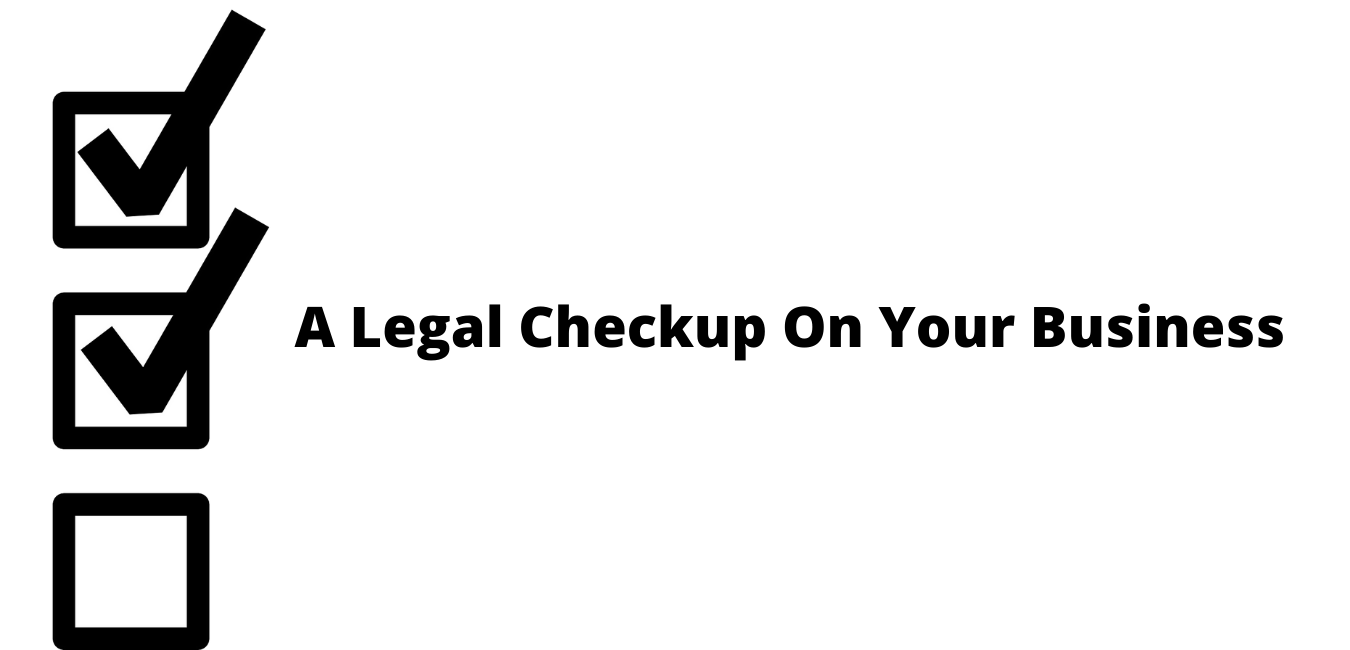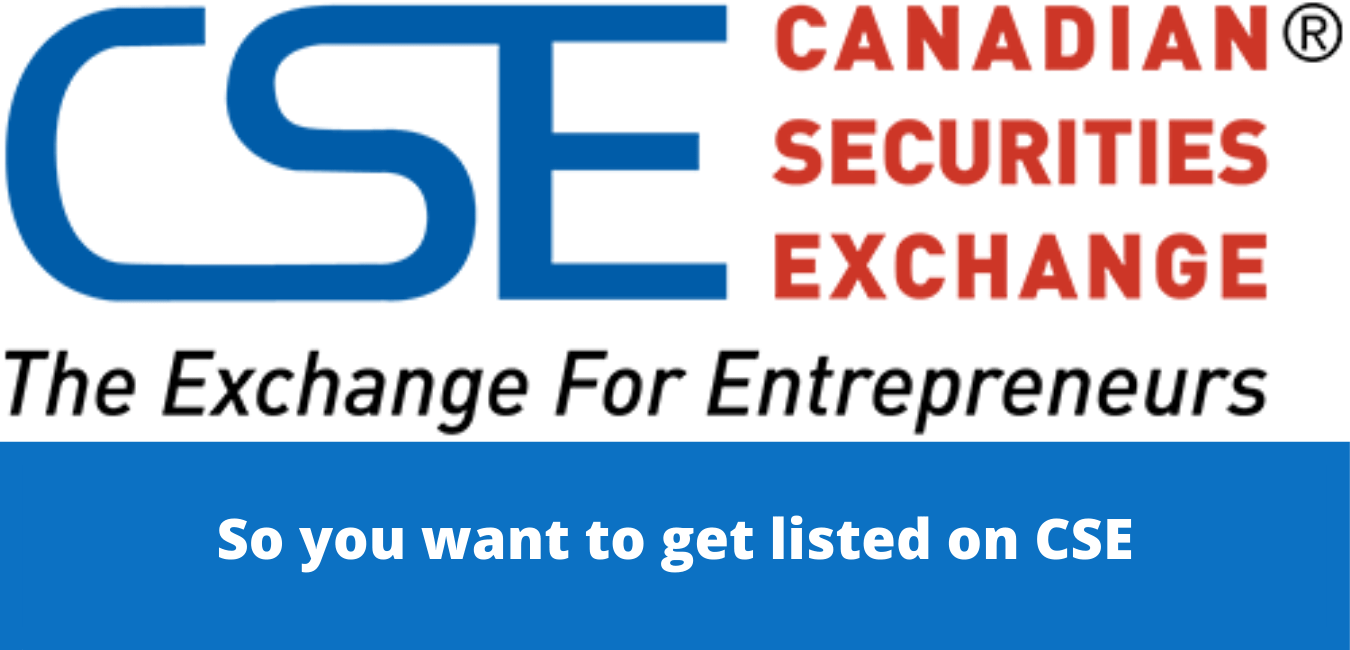Intellectual Property makes a technology or business more attractive. It is a means by which innovation can be defined in a legal document that can be bought, sold and licensed. Intellectual Property generally covers patent, trademarks, copyright and trade secrets.
A patent is the grant of a property right to an inventor typically for twenty years from the date of application. Generally speaking, patent laws allow an individual or business to patent “any new and useful process, machine, manufacture or composition of matter, or any new and useful improvement thereof. For inventors or companies, whose future is tied to the success and failure of a new invention, a patent can be a company’s most valuable asset.
However, the patent must have commercial value. The commercial value lies in the fact that a patent permits the owner to prevent others from making, using, selling or importing the patented invention in any country in which the patent has been obtained. This right allows the patent owner or licensee to exploit the invention commercially that which in effect allows the products to be sold at a higher price because competition can be excluded from the marketplace.
However, there may be factors that lessen the commercial value of a patent. The first is how rapidly the technology is evolving. If the technology is evolving rapidly, patent protection may not be commercially beneficial, since the technology may be out of date by the time the patent issues, or be replaced by another technology that doesn’t infringe the original patent. Another factor to consider is the scope of the patent claims. If the patent is so narrow in scope, it can be easily designed around, and be of questionable value. Furthermore, it is up to the patent owner to police infringes, and it may be difficult in cases of method patents to detect infringers. And even when infringers are located, it may be very expensive to launch a patent infringement action.
Yet patents are key business documents that are seen as necessary to attract funding from venture capitalists, angel investors, or other financial institutions. It is unlikely that capital can be raised to commercialize an innovative technology without patent protection.
However, it is important to have a well thought out patent strategy that is an integral part of the company’s business plan. In other words, it is important that patents cover the immediate application covered by the innovation including license opportunities that may extend beyond the immediate applications. Furthermore, patent applications must cover those countries where one carries on business or expects to expand. New markets such as China, India, Brazil and Argentina should be considered.
Patents can also be seen as vehicles in attracting mergers or acquisitions. Large companies are always on the lookout to acquire new technologies that may have been commercialized by start ups. This provides an opportunity for founders or initial investors to profit from investing in innovation.
Canada provides inventors with a one year grace period to file for patent applications once the invention is disclosed. However, once an invention is disclosed, international patent options are typically lost. In some cases, inventors attempt to rely on non-disclosure agreements in order to preserve their rights to file for patent protection when disclosing their ideas to others during the development or the funding stage of their inventions. Although one can protect oneself with non-disclosure agreements, generally this approach will not work and it may be difficult to enforce. Moreover, investors generally do not sign non-disclosure agreements, so a patent will be necessary in order to attract capital.
Alternatively, if the innovation relates to an improved method of manufacturing an article which cannot be reverse-engineered from an inspection of the article, it is possible to keep the improved method as a trade secret rather than filing for a patent application. Once a patent application is filed, it will generally be published 18 months after filing and will be available to the public. Also once the 20 year patent term expires, anyone is free to use the invention as disclosed. Trade secrets, however, can last for a long time beyond the 20 years so long as the information is in fact kept secret. Therefore, it is important in managing trade secrets to implement procedures to control access and separate the area that contains the trade secrets. One should bear in mind that independent creation by another of the “trade secret” will undermine the value of this asset.
One also needs to consider whether it makes better business sense to fund a patent or spend the money building market share. In some cases, branding provides a much stronger competitive advantage than a patent. Many business owners prefer to select descriptive words when “branding” or trade marking their products or business. However “descriptive trademarks” are generally difficult to protect or differentiate one business from another in the marketplace. Ideally, one should pick a mark that is suggestive rather than descriptive. This will provide a basis for a mark that has increased distinctiveness and over time pays off. Ideally, one should consider trademarks in those countries where businesses are conducted so that that same trademark can be used. Furthermore, trademark selection without good domain name availability is problematic.
For some industries, innovators rely on copyright rather than patent protection. Copyright provides an author with the right to prevent others from copying their works, and is automatic from the moment that it is in a fixed form. Copyright is generally less expensive to obtain than a patent. However, the copyright extends to the “expression of the idea” rather than the idea itself. A patent on the other hand extends to useful embodiments of the idea which in general is much broader in scope than the expression of the idea. For example, copyright can extend to a software program as written while a patent can extend to the method of providing a useful product in accordance with a country’s patent laws.
There are many factors to take into account in considering whether to patent or not to patent. Generally speaking, capital markets prefer to deal with innovation that is patented so as to provide a period of exclusivity to profit from their investments.
~ Eugene J. A. Gierczak is a lawyer, registered patent and trademark agent, and registered engineer who is National Chair of Miller Thomson LLP’s Intellectual Property and Information Technology Group. You can contact Eugene at 416.596.2132 or by email at egierczak@millerthomson.com.

Since 2005 ITB Solutions has provided listings development services to stock Exchanges in Canada such as the Canadian Securities Exchange. ITB Solutions currently provides New Listing Services to the NEO Exchange. We assist companies with the listing application and managing the process to become publicly tradable in Canada, as well as offering advice on how to make the most of your public listing. You can reach Jeffrey Stanger at 647-500-0492 or by email at jeffrey@itbsolutions.ca









